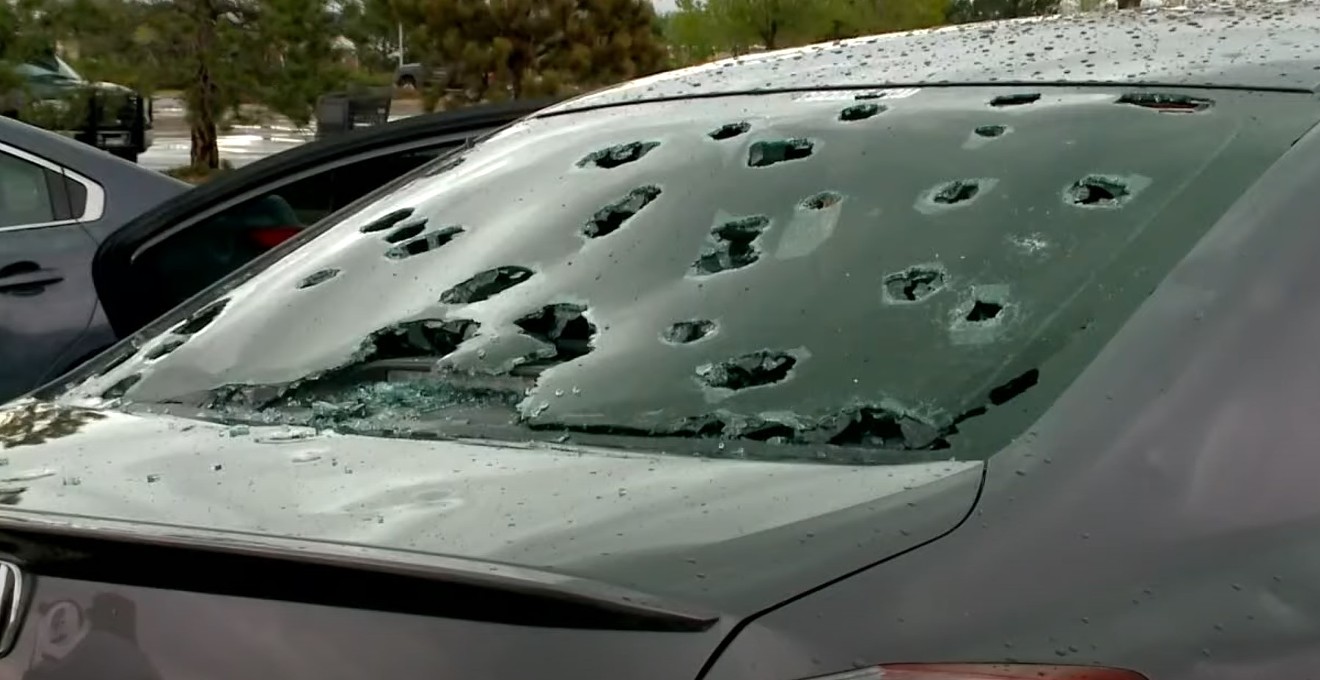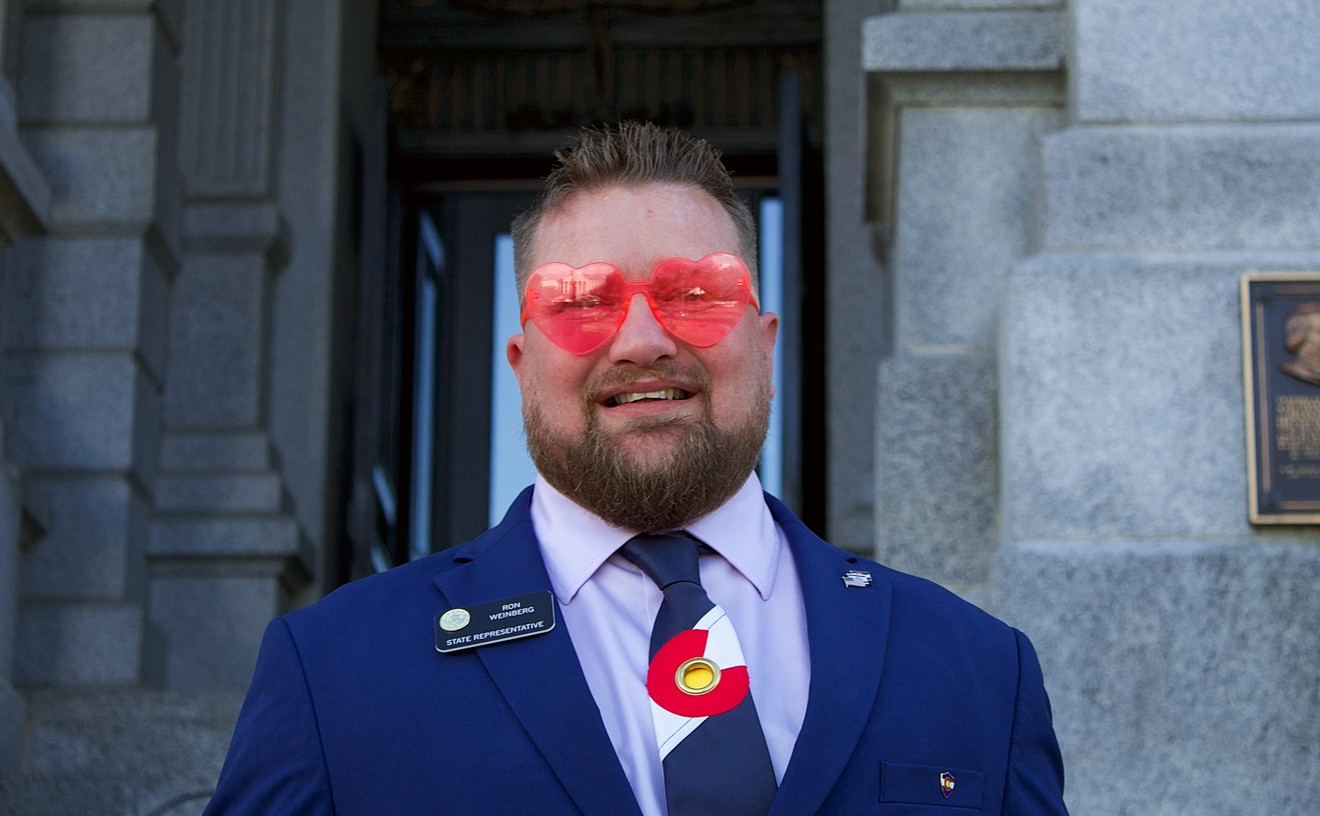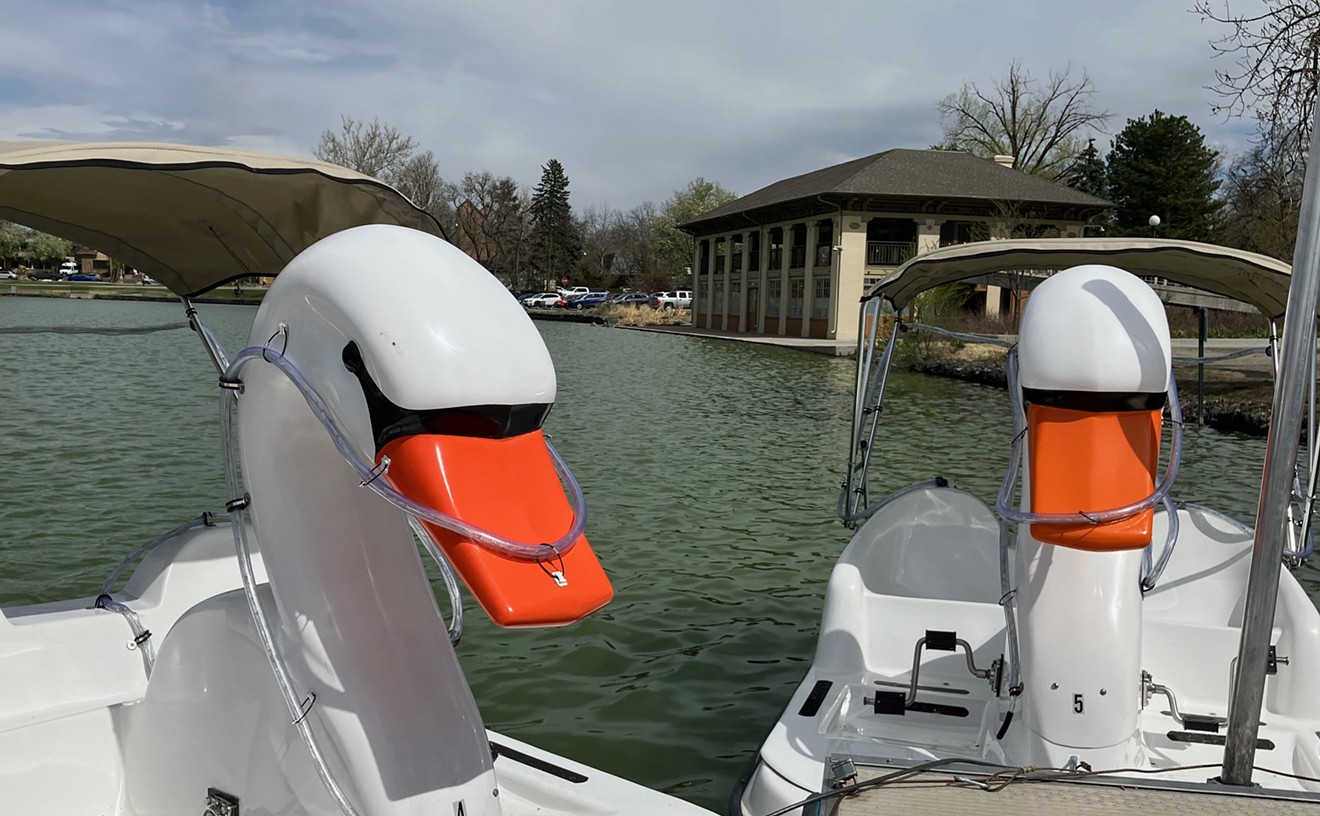But hail? Hail just sucks.
Just ask the folks who got stuck out at Red Rocks last night, pelted by golf-ball-sized hail that sent some people to the hospital. Or the owners of cars or gardens or trees that were out in the elements and suffered the after-effects of the shotgun-scattershot weather. And no metro Denver homeowner is going to get through today without thinking about their roof...especially with more hail predicted.
Since we’re all bound to be thinking and talking about hail today, here are a few hail-related facts that you can share with your fellow victims — er, Coloradans.












